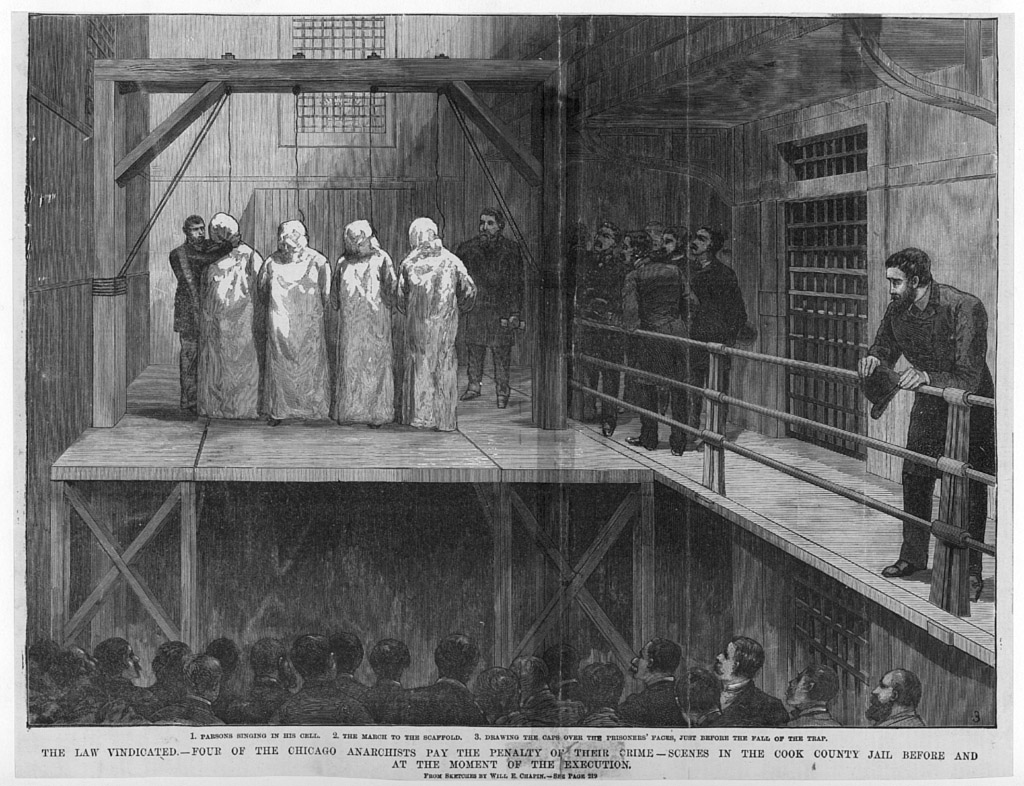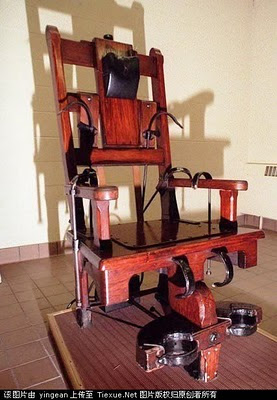
By now you and the rest of the world have heard the news that Steve Jobs died. Once a guy who returned soda bottles to buy food with nickel deposits, this is a man whose Apple salary was $1 a year, or as he put it, he earned 50¢ for showing up at work and 50¢ based on performance. This is the brother of author Mona Simpson. This is a guy whose customers (synonymous with fans) left mounds of apples at his home, each with a single bite out of them.
The World of Apple
One of the cleverest headlines, The Guardian, I think, read 'Steve Jobs, Computer Icon'. Syria, homeland of Jobs' father, is in rebellion but students took note of their fatherland's favorite son. They were hardly alone; from Asia to Europe, people reacted to Jobs' death as they might a superstar's.
An amazing aspect of the Mac was that I was able to sit down in France or Germany or Iceland and use one of their Macintoshes. I might not be able to read a Norse menu, but if I let my hands go by feel, I could use the machine.
My long-time friend and computer teacher Geri choked up on the phone. I couldn't blame her– she'd vested her career and reputation first in computerizing her school and then convincing them Macs were the wave of the future. She's purchased nearly every Apple product except the iPad. (And in October, she remedied that situation!)
 |
| MITS Altair |
Europe became important to Steve Jobs only partly because of the tremendous support of NeXT from developers like Jean-François Groff, but also from the early Web development that came out of Cern. Minutes before my article was due, my wonderful friend Lela sent me this Jobs history documented by a French writer.
 |
|
| IBM 370 computer room |
Through the mid 1970s, my personal computers were the size of SUVs and used more air conditioning than the average Italian village. In 1975, MITS introduced the Altair, arguably the first personal computer. Shortly thereafter, I soldered together an IMSAI 8080 and later bought a Sol-20, both painted 'IBM blue'. The Sol had walnut side panels, supposedly obtained from the leavings of a gunstock manufacturer.
 |
| PTC Sol-20 |
 |
| IMSAI 8080 |
In 1977, I paid scant attention to the affordable, expandable, and easy to use Apple ][, but two years later a demonstration of Apple's Lisa caught my imagination. $10,000 proved too steep for most companies let alone personal users, but when the Macintosh rolled out in 1984, I plunked down money to buy a 'fat Mac', a computer I still have.
In an office running two IBM mainframes, several DEC and other computers, the little Macintosh worked away, cranking out great-looking documentation with graphics and reference cards that were a pastiche of IBM's own.
 |
| original Macintosh |
Since then I've bought few computers other than Macintosh. A Mac is not, as some claim, a Rolls-Royce or Lear Jet. To me, it's more like John Deere or DeWalt. It's a silicon workhorse and when I constantly use a tool, accuracy, reliability, and ease of use become desirable features.
Best Tool for the Job
 |
| MacBook Air |
The same is true of the Mac and its famed aesthetics are a bonus. Even counting the Sculley era, Macs somehow manage not to look dated. Style enhanced function and we haven't touched upon Apple's innovation, like the current barely-there MacBook Air, one of the most beautifully designed machines ever.
Innovation
 |
| Duo with DuoDock |
When Apple discontinued the Duo, the outcry was considerable. That was the first time I heard the term 'cult-like following' applied to people who wanted sensible computer products.
These days, I spend inordinate hours pecking away at my keyboard, answering eMail, editing, writing and rewriting stories and articles like this one. The Mac helps me get the job done.
 |
| tribute by Jonathan Mak Long |
Many admirers and fans expressed sadness, but I won't. My mother once exhorted me to dissuade my 86-year-old grandmother from taking a 'round-the-country bus tour. My mother argued a woman her age shouldn't attempt such a trip, that waiting rooms were cold, awful places, and that grandmother could die on such a trip. "But why not?" I said. "If she died, she'd die doing exactly what she wants to do." Like the crew of the Challenger, how many of us die living our dream?
While people tweet 'iSad' around the world, I'm simply glad one man found a positive way to change the world.




















